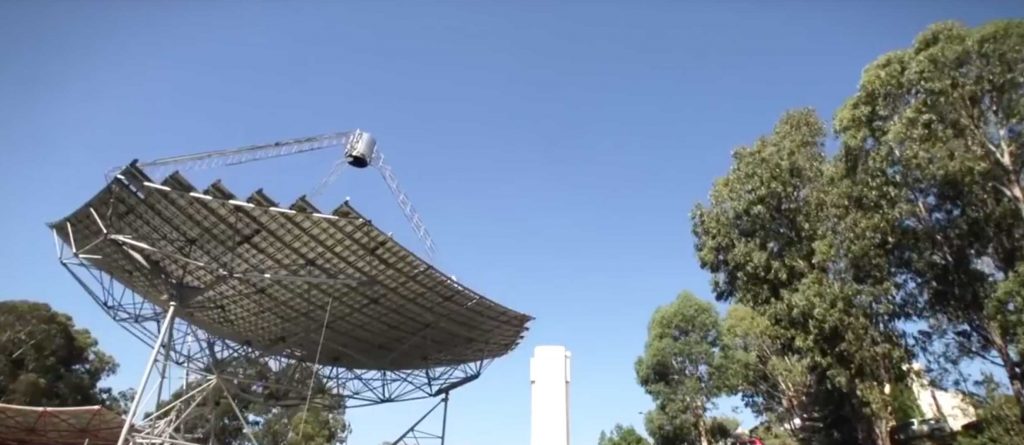Summary
This project investigated novel configurations of tube banks for central tower receivers, including bladed concepts and incorporating the use of active airflow techniques.
Key results
- When developing novel pipework layouts and configurations, it is valuable to involve the people who will be involved in building the structure as early as possible, to identify areas for improvement the manufacturability of the design. Similarly, it is valuable to discuss testing plans with those responsible for the testing as early and possible.
- In testing high-temperature receivers, it is important to carefully consider not only the ‘hot’ parts of the system, but also the areas which will receiver ‘spilled’ flux, and ensure suitable shielding is used throughout. In the case of this project, additional shielding needed to be added to protect instrument cabling due to unexpectedly intense spilled flux.
- The receiver module built and tested in this project was extremely complex, resulting in a long design period, and consequent time pressure during the testing phase. Simplicity should be a priority for future designs, since this also implies savings in the final product.
- Thermocouple design, installation and layout are critical aspects of developing an experimental concept, and need specific focus. Differential thermocouples, and configurations able to minimise experimental uncertainty need careful thought.
- Whole-of-team design reviews were valuable in this project, but could have been held earlier in the project for greater benefit. These reviews highlighted important considerations and triggered further design iterations as a result of topics that had not been thoroughly considered earlier.
- Receiver design and concentrator (optical) design are closely coupled and should be developed in parallel. This project had as its scope only the receiver design, however in other activities (such as in ASTRI), attention should be paid to synchronising the design of both components, with the lowest-cost design strongly in mind.
This project consists of:
Learn more
Need
Concentrating solar-thermal power systems use a central tower ‘receiver’ comprised of banks of tubes circulating a heat transfer fluid, such as molten salt. The receiver is where concentrated sunlight is converted to thermal energy.
This energy can be stored and later used to produce electricity. Effectively storing solar power for delivery overnight and when the sun isn’t shining is a key advancement that will allow solar thermal to better compete with other energy sources. Different configurations of tube banks have the potential to reduce the heat losses from the receiver by up to 50 per cent, lowering the cost of power production.
Project innovation
This project investigated novel configurations of tube banks for central tower receivers, including bladed concepts and incorporating the use of active airflow techniques. The concepts were tested in state-of-the-art facilities (including at CSIRO in Newcastle), in wind- and water-tunnels, and by using particle-image velocimetry techniques at University of Adelaide.
ANU undertook an integrated analysis process incorporating optical raytracing and fluid dynamics. This was used alongside experimental work to optimise the new design.
Benefit
The capabilities in receiver design developed during this project are expected to have high value to ongoing efforts in other ARENA programs such as ASTRI, and the Australian involvement in the US Gen3 CSP program. Through this project, reusable tools for receiver design were developed, including for optical, external convection and internal flow modelling. Methods for calculation of external reflection and emission losses were developed. Open source software was released for the modelling of receiver optics (https://github.com/ANUstg/tracer).






